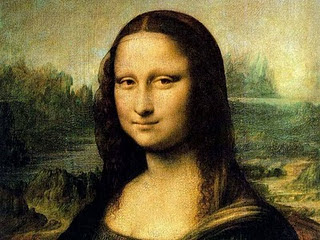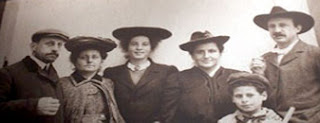Welcome to Animation Domination, Stone Age style. By about 30,000
years ago, Europeans were using cartoon-like techniques to give
observers the impression that lions and other wild beasts were charging
across cave walls, two French investigators find.
Ancient artists
created graphic stories in caves and illusions of moving animals on
rotating bone disks, say archaeologist Marc Azéma of the University of
Toulouse–Le Mirail in France and Florent Rivère, an independent artist
based in Foix, France.
Flickering torches passed over painted scenes would have heightened
onlookers’ sense of seeing live-action stories, the researchers suggest
in the June Antiquity.
Azéma and Rivère summarize their
20 years of research on Stone Age animation techniques, much of it
previously published in French, in the new paper. They also describe for
the first time examples of animation at two French caves, Chauvet and
La Baume Latrone.
A 10-meter-long Chauvet
painting represents a hunting story, Azéma proposes. The story begins
by showing several lions, ears back and heads lowered, stalking prey.
Mammoths and other animals appear nearby. In a second section of the
painting, a pride of 16 lions, some drawn smaller than the rest to
appear farther away, lunge toward fleeing bison.
Stone Age
artists meant to depict animal movement in such scenes, Azéma says. An
eight-legged bison at Chauvet, for example, resulted from superimposing
two images of the creature in different stances to create the appearance
of running.
In France, 53 figures in 12 caves superimpose two or
more images to represent running, head tossing and tail shaking. At the
famous Lascaux Cave, 20 painted animals display multiple heads, legs or
tails.
A carving on an animal bone from another Stone Age cave in France depicts three freeze-frame images of a running lion, another way to represent motion.
Ancient
Europeans also invented a kind of animation toy, the researchers
suggest. Sites in France and Spain have yielded stone and bone disks,
typically with center holes, showing opposing images of sitting and
standing animals.
In experiments conducted since 2007, Rivère has
reproduced these engraved disks and looped strands of animal tendon
through the center holes. By twisting these strands, the disks rotate
back and forth rapidly enough to make animals appear to be sitting down
and standing up.
That’s the principle behind the thaumatrope, a
device invented (or perhaps reinvented) in 1825. Two strings attached to
the ends of a disk or card with an image on each side — say, a vase
opposite a bouquet of flowers
— were twirled between the fingers, so that the rotating pictures
appeared to combine into a single image, such as flowers in a vase.




















